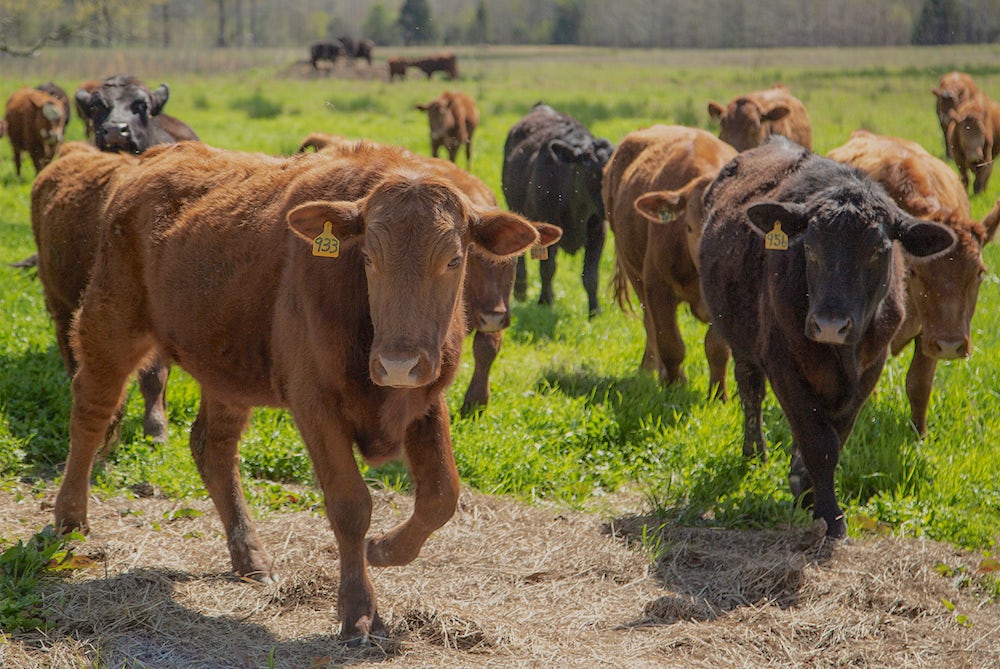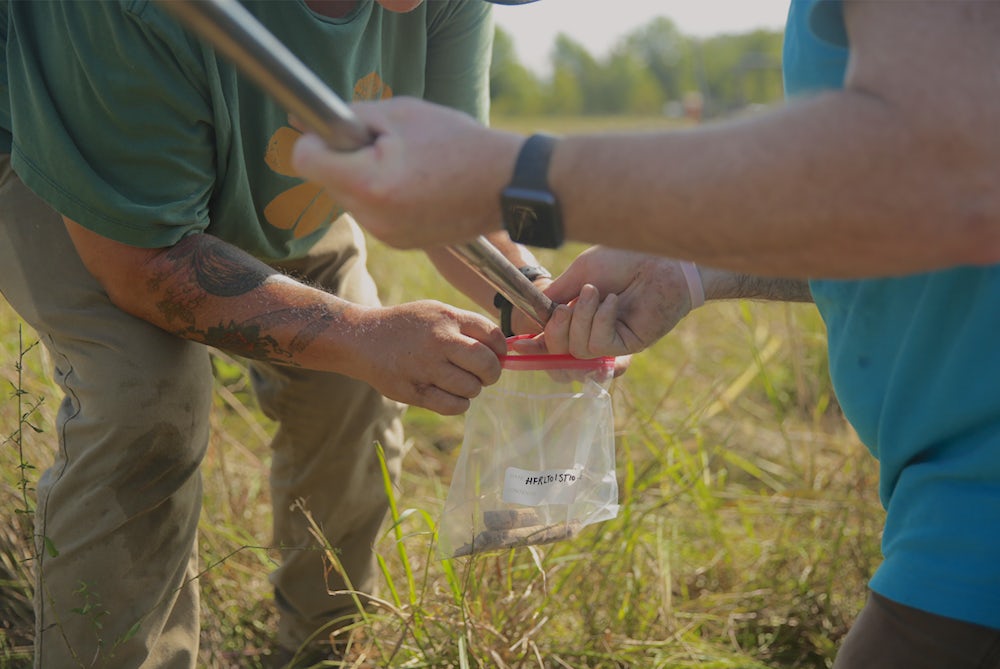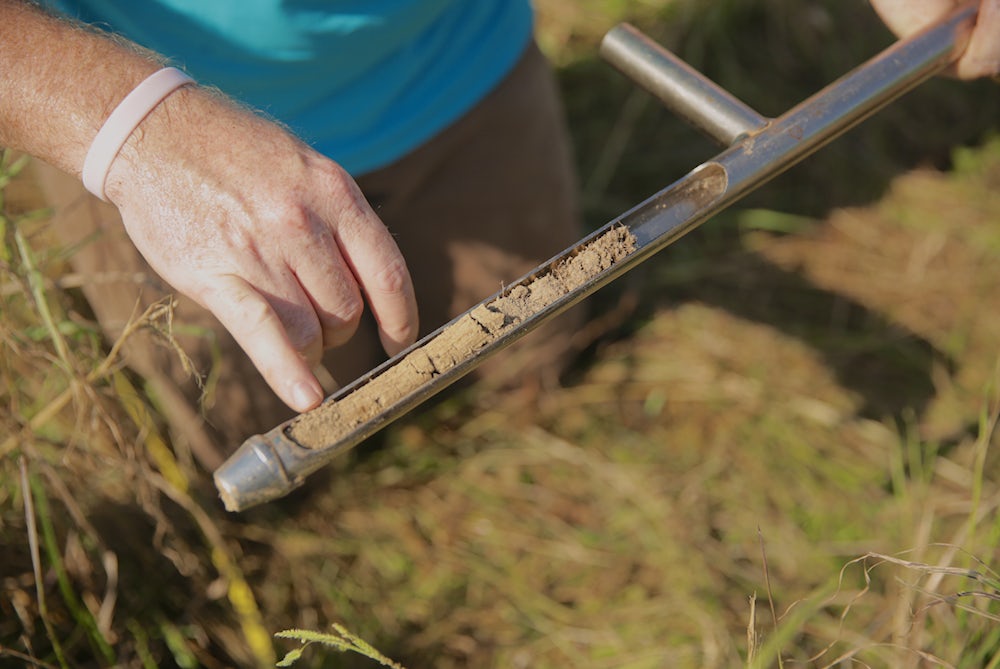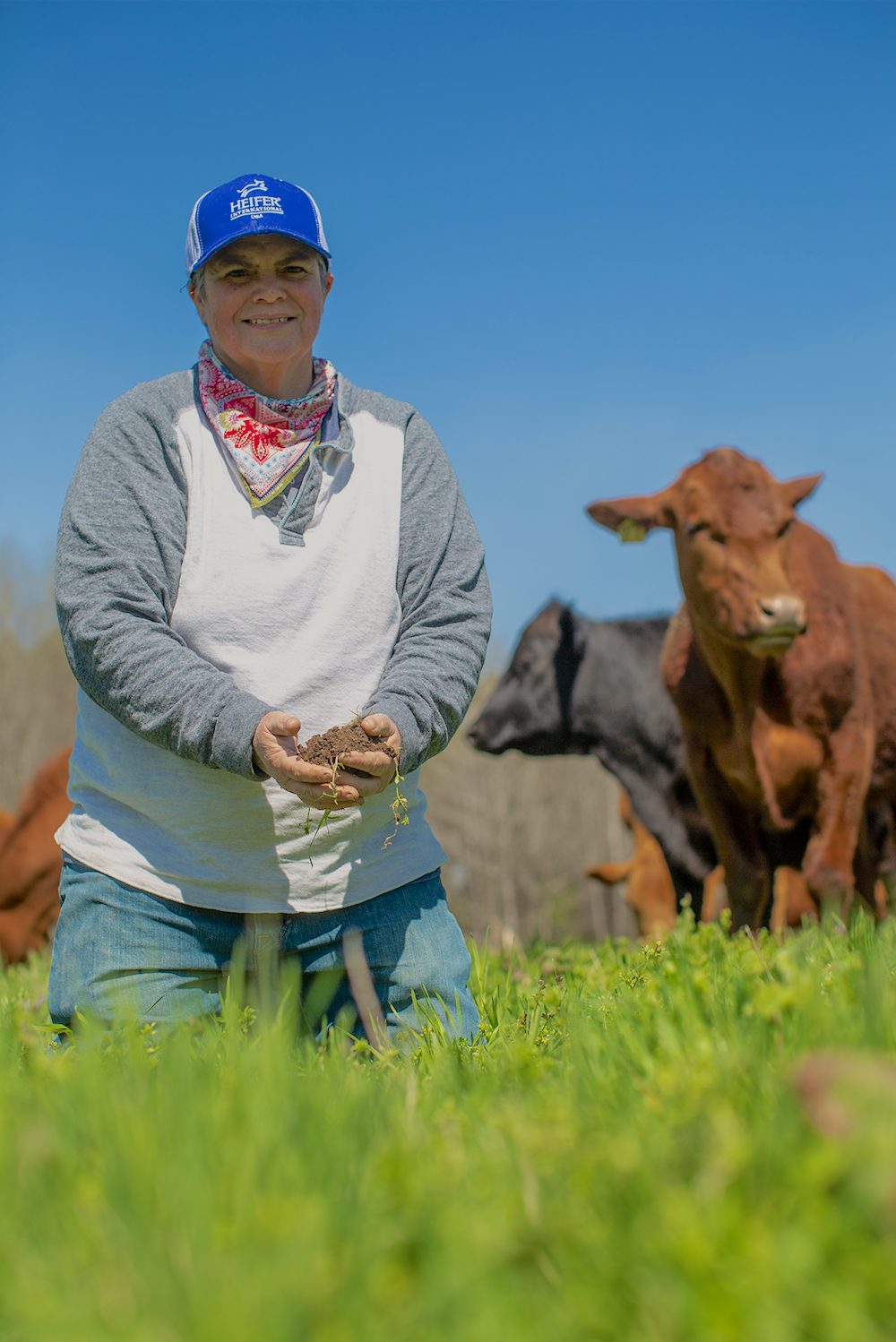Zoom in on Heifer USA’s 1,200-acre farm in Perryville, Arkansas, and you’ll likely see pigs cavorting under forest canopies and cows grazing in fields of diverse forage. Look down and you’ll find soil underfoot webbed with plant roots, crawling with critters, and awash with the unseen creatures that keep the land — and planet — healthy.
“We take care of the herds above the ground, of course,” said Donna Kilpatrick, director of regeneration, who runs the land and cattle operation at the ranch. “But we also manage the herds beneath.”

These “herds” — a community of tiny organisms that include insects, fungi, bacteria and microscopic worms called nematodes — stimulate healthy plant growth and perform critical functions like nutrient cycling. As consumers of greenhouse gases, including carbon dioxide and methane, they support the soil’s resilience to climate shocks.
Just like the body, the signifiers of a healthy ecosystem are often small and unseen; but ensuring their health is key to prosperity. At this farm, Heifer Ranch Center for Regenerative Agriculture, that means practicing a model of farming that places a premium on restoring the balance between livestock, land and living soil.
For Donna and the specialists at Heifer USA, who train farmers nationwide in regenerative practices, fostering healthy soil is key to supplying local food systems. And as extreme weather events become increasingly common, producers who steward their environment with a focus on these underground agents are better positioned to continue growing the food their communities rely on, while replenishing the land.
Soil microbes are microscopic, and abundant: It’s estimated that one teaspoon of soil contains more microbes than there are people on Earth. When managed right, these populations of bacteria, fungi and arthropods should flourish into a network that traps moisture. An effective soil sponge needs less irrigation, supports greater biodiversity and is less likely to suffer severe erosion.
But, like all living creatures, they are sensitive to inputs.

“All of the biology that’s happening under the ground is critically important,” Donna said. “Just like the cows or poultry or the pigs, they require care and attention.”
Donna leads her team in the finely tuned dance that serves macro- and microorganism alike: they use holistic planned grazing, moving cattle from one pasture to the next to prevent overgrazing and give crops time to recover; to keep root systems intact, they avoid tilling the fields; and they plant cover crops, vegetation grown for the explicit purpose of improving soil instead of for harvest.

Cover crops boost the number of roots below ground, which stabilizes the land. Fields with a robust root network are more resilient to climate shocks, as healthy soil absorbs greater amounts of rainfall, reducing the risk of erosion during storms and flooding after droughts.
They also improve soil quality. Specific cover crops can capture nutrients vital for plant growth from the atmosphere, like nitrogen, and return them to the soil — a powerful natural intervention that enhances soil fertility without harming the underground communities with harsh additives like chemical fertilizers.
“I often like to say that plants turn dirt into soil and the right species of plants turn soil into homes,” said Fred Provenza, professor emeritus of behavioral ecology at Utah State University and an outspoken advocate for farming methods that emulate nature.
“[Plants] act as grocery stores and pharmacies for all life on Earth, below ground and above.”
Regenerative practices implemented by smallholder farmers, like the ones Heifer supports in the U.S. and around the world, stand as an alternative to conventional agriculture.
Characterized by large numbers of livestock, growing monocultures — crops of all the same species — and the heavy use of chemical pesticides and fertilizers, industrial agriculture is what Fred describes as “egological”, prioritizing profit at the expense of animal well-being, the surrounding habitat and the atmosphere.

“We need to instead embrace ecological approaches that see us as a part of nature and natural communities,” he said. “And [think] about how to use nature as a model for how to produce.”
At the Ranch, that means managing the land and animals holistically; understanding that what happens above the ground affects what’s below it, and vice versa.
When soil and its tiny inhabitants are neglected, farmers suffer — and so do the communities they support and local food systems they supply. Crops grown in undernourished soil lack the nutrients required for supporting healthy livestock. Extreme climate events hamper harvests. Farming families struggle to feed themselves and earn a living income.
But building thriving and climate-smart farms is possible, said Donna. And it starts with embracing regenerative agriculture.
“The bottom line is we can’t grow food if we don’t have healthy land to grow that food on,” she said. “Resilient futures start with our soils.”
